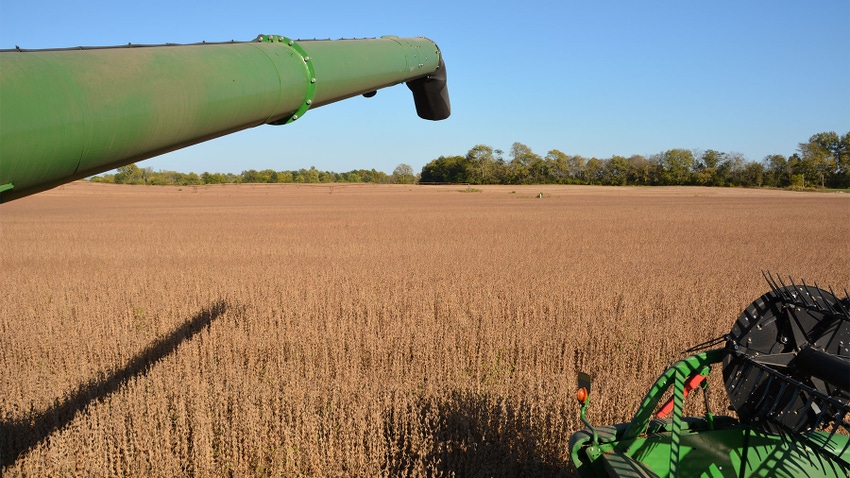February 20, 2024

The Indiana Soybean Alliance has embarked on a project to send Indiana-grown soybeans to Indonesia to meet a demand for food products.
Indonesian foods, largely tempeh and tofu, could generate demand for 2.4 million to 2.5 million metric tons of soybeans per year, or roughly a quarter of Indiana soybean production.
ISA sponsored a 10-person delegation of Indiana agriculture leaders to Indonesia as they met with potential buyers and learned more about the demand for Indiana soybeans in the fourth-largest country by population. Jim Douglas, a farmer from Flat Rock, Ind., and United Soybean Board director, explains the significance of soybeans there.
“They eat soybeans three meals a day,” Douglas says. “It is the main staple, and that’s just different than anywhere else in the world. So, the soybean industry is very important to them.”
High-quality soy
The Indonesian people do not want to skimp on quality. They are looking for high-end soybeans to meet their food needs. Nick Stewart, owner and partner of S&G seeds, sees a solution for filling that gap.
“I think there’s an opportunity for us as Indiana farmers to offer them a higher-end product,” Stewart says. He adds that the product could be cleaned in Indiana before being shipped to contribute to the quality.
Trips like the ISA-led visit to Indonesia aim to help strengthen the bond with Indonesian leaders and soybean purchasers, and to promote high-quality Indiana soybeans.
“A lot of these same companies, we’re visiting year after year to try to reinforce and develop the relationship, so they’re already customers,” Douglas says. “This trip is going to enhance that by delivering a high-end product to them. That’s mainly the focus of this — to try and move that needle and supply that directly out of Indiana.”
What is tempeh?
This soybean demand is driven solely by tempeh and tofu production in Indonesia. Tempeh is an indigenous soy food in Indonesia made from fermented soybeans. It has gained popularity in the last few years.
Andrew Sherman, international trade director for the Indiana State Department of Agriculture, cites the importance of being able to supply product for this cultural food. “We feel that just the ability to supply such a culturally relevant food in tempeh and tofu makes this trip worth it,” he notes.
He explains that there is potential for future business dealings revolving around dairy products, packaged consumer-ready products and high-protein snacks. For now, the goal is to meet that demand for high-quality soybeans with an Indiana-grown product.
“We see success of Indiana agriculture as the ultimate goal,” Sherman says.
RAPP funding to help
This work is made possible through funding via the Regional Agricultural Promotion Program. USDA set aside $2.3 billion to assist U.S. producers in maintaining and developing markets for their products.
This funding would help export Indiana-grown products in shipping containers to other countries. In Indonesia alone, the value of exporting soybeans to meet their needs is $110 million. There is also opportunity to meet food needs in Colombia, Thailand and Japan.
Although no solid deals were nailed down during this trip, ISA plans to continue communications with potential buyers and export sites.
Read more about:
TradeAbout the Author(s)
You May Also Like






